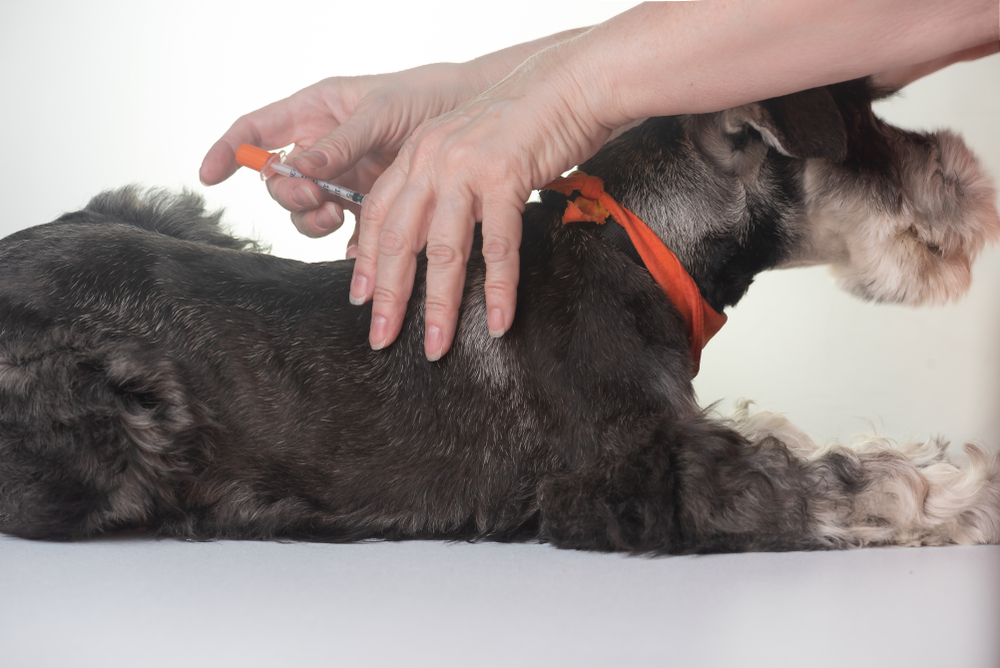How to Monitor and Control Blood Sugar Levels in a Diabetic Dog or Cat
A diabetes diagnosis can be scary for a pet owner to hear, but it doesn’t have to mean that your pet can’t enjoy a good quality of life. With a little bit of care and attention, pets with diabetes can remain healthy for many years with their favorite human. In order to do this, however, it is vital to monitor and control blood sugar levels in a diabetic dog or cat. The team at Oakland Veterinary Referral Services is here with some tips on keeping your dog or cat’s diabetes in check:

Invest in a Home Glucose Monitoring Kit
The first step to monitoring your pet’s blood sugar levels is to invest in a glucometer and a few other tools for managing your pet’s insulin. There are plenty of easy-to-use models available for your home. Within a few seconds, you can take a blood sample and find your pet’s current glucose levels. This helps you ensure that your pet is healthy, and also helps your vet find the right insulin levels for your pet. Your veterinarian can give you a schedule for testing the glucose levels. Be sure to record all your readings so you and the vet can spot any potential blood glucose trends that might require a change in routine.
Determine the Amount of Insulin Needed
If you have to inject your dog or cat with insulin daily, it is important to administer the correct amount. Giving too much or too little insulin can lead to some health issues for your pet. Once you have measured the blood glucose levels, you can determine how much insulin you need to give your pet. If you notice that the amount of insulin you need to inject changes frequently, you should tell your vet.
Maintain a Consistent Diet and Exercise Routine
Whether or not your pet’s diabetes was a byproduct of obesity, diet and exercise play a huge role in its management. Be sure to follow your veterinarian’s nutritional recommendations. Diabetic dogs need food that has a healthy combination of protein, fiber, and carbohydrates. Diabetic cats, on the other hand, need protein-forward food with minimal carbohydrates. Daily exercise can help your pet’s body properly process glucose to ensure the cells are getting the energy they need. Get some recommendations from your vet about the best kind of diet and exercise for your diabetic pet. Exercise might change the amount of insulin your pet needs, though, so be sure to continue to monitor blood glucose levels closely.
Watch Your Pet’s Behavior Closely
Any slight changes in behavior could indicate a problem with your pet’s health. Pay close attention to your diabetic pet to make sure there are no significant changes. If you notice any of the following, you should contact your vet:
- Increase or decrease in urination
- Increase or decrease in drinking amounts
- Weight loss
- Cloudy eyes
- Chronic infections
We hope this helps you monitor and control blood sugar levels in a diabetic dog or cat. At Oakland Veterinary Referral Services, we want to help pet owners with every aspect of pet care. From the best days to the worst days, our team is committed to providing a pet-forward atmosphere for owners everywhere. To learn more about our specialty veterinary services, please call (248) 334-6877.


